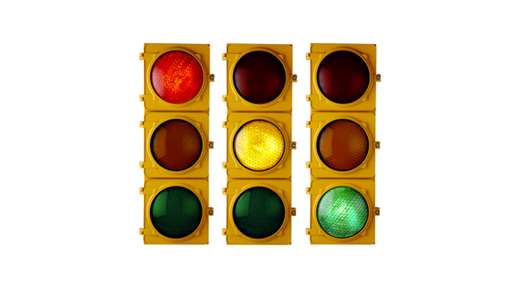
This entails a wall-mounted square board with a starburst design. Along the various striations of the starburst are lighted buttons. As the buttons light up, the patient works quickly …

This device integrates all of the senses used for learning. It is one of the basic instruments used for visual-motor training, and helps with direction, rhythm, eye-hand coordination, and …

Here, a ball with letters, numbers, colors, pictures, or a combination is hung from the ceiling. In activities used to help focus visual attention, the individual may be asked …

Known also as optometric phototherapy, syntonics deal with the application of selected visible-light frequencies and are used to treat lazy eye and problems with peripheral vision and depth perception. …

Amblyopia, commonly called lazy eye, refers to the improper development or significant loss of vision in an eye. It occurs when the brain does not acknowledge the images seen …

There are many potential causes for blurry eyes. The answer to why you have blurry vision is best answered by your eye care professional, who can offer diagnosis and …

Double vision, also known as “seeing double” or the medical term diplopia, is the perception of two images of a single object. This occurs when two nonmatching images are …

In an ideal world, everyone would have perfectly-shaped eyes. The reality, however, is that practically every eye has some form of aberration somewhere in it. These aberrations may or …

An eye condition affecting roughly 50 percent of individuals who need glasses, hyperopia (commonly called farsightedness) is characterized by difficulty focusing on nearby objects while being able to see …

Myopia, commonly called nearsightedness, is a refractive error of the eye, meaning that the shape of the eye or its cornea improperly bends light as it enters the eye. …










